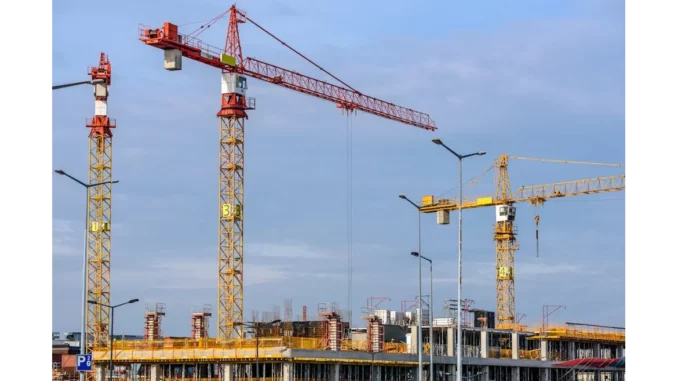
When considering a self-build project, many aspects come into play, but one of the most critical elements is ensuring your dwelling meets the thermal and energy performance standards set by the UK government. This is achieved through the Standard Assessment Procedure (SAP), the approved method for assessing the energy efficiency of residential buildings. To delve deeper into this process, I spoke with Sarah Thompson, an experienced architect who has successfully navigated multiple SAP assessments in her self-build projects.
Focus360 Energy offers SAP Calculations services. Find out more.
Understanding the SAP Assessment
“The SAP assessment is an integral part of the building process,” Sarah begins, “It’s not just a box-ticking exercise; it’s about ensuring your home is energy efficient and sustainable.” The SAP assessment is required for compliance with Building Regulations and to obtain a Building Warrant. It also generates an Energy Performance Certificate (EPC), which is crucial for potential buyers, landlords, and renters to understand the energy performance of a property.
The Importance of Early Involvement
Sarah emphasises the importance of involving a qualified SAP assessor early in the design phase. “The earlier you bring an assessor on board, the easier it is to integrate energy efficiency measures into the design. They can review your architectural plans and provide initial calculations and recommendations,” she explains. This proactive approach can help avoid costly redesigns or delays later in the project.
Key Components of the SAP Assessment
The SAP assessor will require detailed information about various aspects of the building. Sarah explains, “You need to provide information on the construction buildup of floors, walls, and roofs from the kit manufacturer, including their corresponding Psi values. These values measure how much heat is lost through thermal bridging, so lower Psi values are better.”
Other critical components include the type and specifications of glazing, the primary heating system, hot water systems, any secondary heating systems, mechanical ventilation with heat recovery (MVHR) systems, and any renewable technologies. “It’s a lot of detailed information,” Sarah admits, “but it’s all essential for the assessor to accurately evaluate the energy performance of your home.”
Achieving the Desired Energy Rating
The SAP assessment results in a rating on a seven-band scale, from A (excellent) to G (very poor). “As a self-builder, you should aim for the highest score possible,” Sarah advises. “A higher rating not only ensures compliance with regulations but also means lower running costs and a more comfortable living environment.”
Sarah shares that her goal is always to achieve at least a B rating, aiming for A whenever possible. “It’s challenging, but with the right planning and materials, it’s definitely achievable,” she asserts.
The Final SAP Assessment
Once the building is complete, a final SAP assessment is conducted to confirm that the building meets the required standards. At this stage, the principal contractor must submit photographic evidence to the SAP assessor to obtain the final certificate. “It’s a thorough process,” Sarah notes, “but it’s reassuring to know that your home meets all the necessary energy performance criteria.”
Beyond New Builds: SAP Assessments for Conversions and Extensions
While SAP assessments are mandatory for new residential properties, their requirement for extensions, conversions, or significant renovations can vary. “Even if an assessment isn’t required, it’s still beneficial,” Sarah suggests. “It ensures compliance with energy efficiency standards and improves the overall performance of the building.”
The Future of SAP Assessments
The UK government is currently developing the Home Energy Model to replace the SAP model in 2025. “It’s an exciting development,” Sarah comments, “but for now, the focus remains on passing your SAP assessment. Staying informed about these changes is crucial for anyone involved in self-build projects.”
Final Thoughts
Sarah’s experience underscores the importance of the SAP assessment in self-build projects. “It’s about more than just compliance,” she concludes. “It’s about creating homes that are energy efficient, sustainable, and comfortable to live in. By understanding and navigating the SAP assessment process, you can ensure your self-build project meets these critical standards.”
For anyone embarking on a self-build journey, Sarah’s insights provide invaluable guidance on navigating the complexities of SAP assessments. With careful planning and early involvement of a qualified assessor, achieving a high energy rating and a successful project is within reach.
John Williams


Be the first to comment